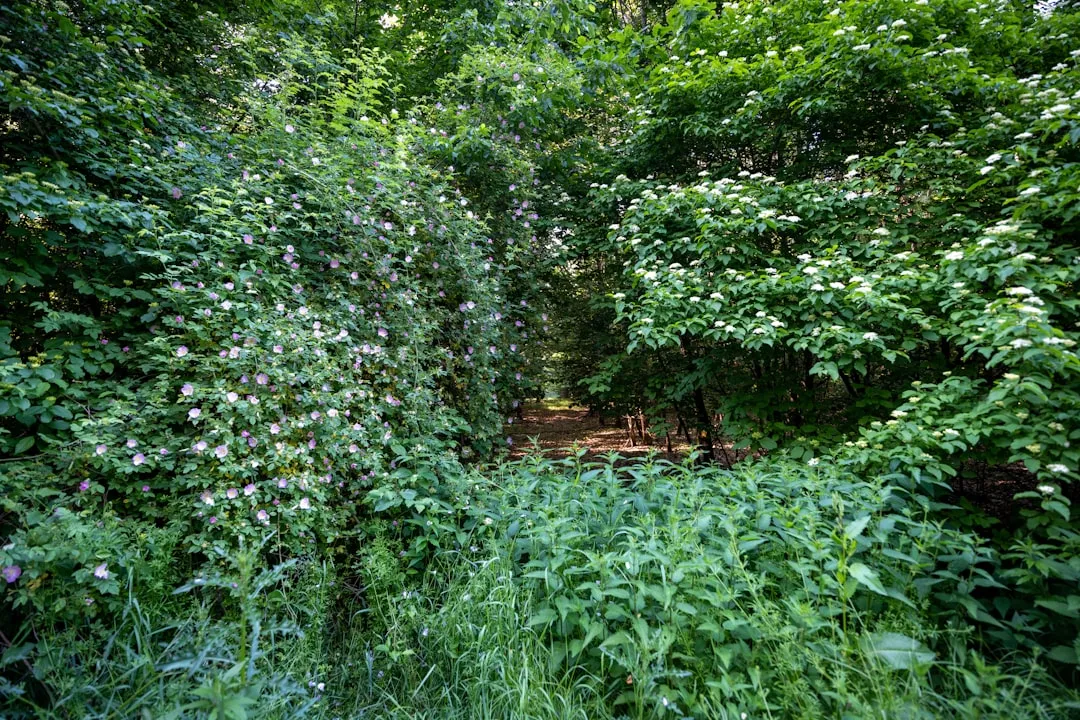Reap the Rewards of Fall: Planting Vegetables in the Heat

As the summer heat lingers, it might seem counterintuitive to think about planting a fall garden. However, there are numerous fall garden vegetables that thrive when planted while the weather is still hot. By seizing this opportunity now, you can enjoy a bountiful harvest before the first snowfall blankets the ground.
One of the great advantages of fall gardening is the reduced pest pressure compared to the peak of summer. Many common garden pests start to decline as the temperatures begin to drop, giving your vegetables a better chance to grow without constant threat. Additionally, the soil retains the warmth from the summer months, which is beneficial for seed germination and root development.
Let's explore some of the best fall garden vegetables to plant. First on the list is broccoli. Broccoli is a cool - season crop that can be started from seeds or transplants. When planted in the late summer heat, it has time to establish a strong root system before the cooler fall weather sets in. The heads of broccoli will form as the temperatures drop, resulting in a delicious and nutritious harvest. You can plant broccoli in well - drained soil with plenty of sunlight. Make sure to space the plants appropriately to allow for proper air circulation, which helps prevent diseases.
Another excellent choice is cauliflower. Similar to broccoli, cauliflower prefers cooler temperatures but can be planted in the heat of late summer. It requires a bit more care than some other vegetables, as it is sensitive to temperature fluctuations. However, with proper attention, you can grow beautiful, white cauliflower heads. Keep the soil consistently moist and provide a balanced fertilizer to support its growth. Cauliflower also benefits from some shade during the hottest parts of the day, especially when it's young.
Spinach is a fast - growing leafy green that is perfect for fall gardening. It can be sown directly into the garden bed. Spinach thrives in cooler weather, and when planted in the heat, it will quickly germinate and start growing. You can start harvesting the outer leaves in just a few weeks, and it will continue to produce new growth throughout the fall. Spinach is rich in vitamins and minerals, making it a great addition to your diet. It prefers partial shade and well - watered soil.
Carrots are also a staple for fall gardens. They can be planted from seeds in late summer. Carrots need loose, well - drained soil to grow straight and long. The warm soil in late summer helps the carrot seeds germinate quickly. As the weather cools, the carrots will continue to grow and sweeten. You can thin the seedlings to ensure proper spacing, which allows each carrot to develop fully. Carrots are a versatile vegetable that can be used in a variety of dishes, from salads to stews.
Radishes are one of the easiest vegetables to grow in the fall. They have a short growing season, usually maturing in about 3 - 4 weeks. Radishes can be sown thickly in the garden bed, and they will quickly sprout. They add a spicy crunch to salads and other dishes. Radishes prefer full sun but can tolerate some shade. Keep the soil moist to prevent the radishes from becoming woody.
To ensure a successful fall garden, it's important to prepare the soil properly. Start by removing any weeds and debris from the garden bed. Add compost or well - rotted manure to enrich the soil and improve its structure. This will provide the necessary nutrients for your vegetables to grow strong and healthy. Water your plants regularly, especially during dry spells. Mulching around the plants can help retain moisture in the soil and suppress weeds.
As the temperatures start to drop, you may need to protect your plants from frost. You can use row covers or cold frames to extend the growing season. These simple structures can provide a few extra weeks of warmth for your vegetables, allowing you to harvest even more. With a little planning and effort, your fall garden can be a source of fresh, delicious vegetables throughout the season.
In conclusion, don't let the lingering summer heat discourage you from starting a fall garden. There are many wonderful vegetables that can be planted now and harvested before the first snow. By choosing the right vegetables, preparing the soil, and providing proper care, you can enjoy the rewards of a successful fall garden. So, roll up your sleeves, grab your gardening tools, and start planting today!